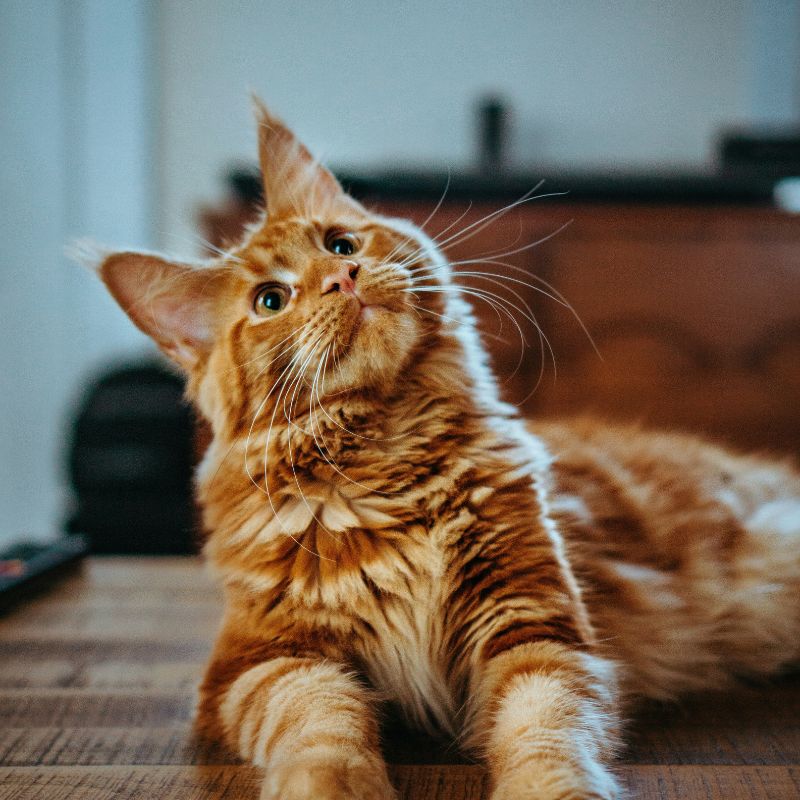
Cats (Felis catus) are among the most beloved animals in the world. With their soft purrs, graceful movements, and curious personalities, cats have found a special place in human hearts and homes for thousands of years.
Whether you’re a first-time cat parent or a lifelong feline admirer, this guide will help you understand what makes cats so unique, how to care for them, and why they’re more than just pets, they’re family.
Unlike dogs, which were actively domesticated, cats likely domesticated themselves. Ancient cats were drawn to human settlements because they hunted the rodents living around grain storage. In return, humans appreciated their help and sheltered them.
Over time, cats became valued companions, worshipped in ancient Egypt, protected by sailors on ships, and admired across Europe and Asia.
Ancient Egyptians considered cats sacred and often mummified them.
Sailors brought cats aboard ships to control pests and as good luck symbols.
Cats appear in art, literature, and folklore throughout history.
While domestic cats may not vary in size as widely as dogs, there is still impressive diversity in their appearance, coat types, and personalities. There are over 70 recognised cat breeds, but millions of cats are lovable mixed-breeds.
Persian Cat: Long-haired, calm, and affectionate.
Siamese Cat: Vocal, elegant, and social.
Maine Coon: Large, fluffy, and friendly.
Bengal Cat: Wild-looking, energetic, and intelligent.
Ragdoll: Gentle, cuddly, and ideal for families.
Indian: Resilient, intelligent, and low-maintenance.
Cats are independent thinkers with strong instincts. They may not always follow commands, but that doesn’t mean they aren’t smart. Cats solve puzzles, remember routines, and even recognise their names.
Excellent memory for locations and routines
Learn through observation (like opening cabinets!)
Skilled hunters with sharp reflexes
Can be clicker-trained or taught tricks with patience
Cats are also deeply emotional. They express affection in subtle ways—rubbing against you, blinking slowly, or following you from room to room.
Cats are often seen as low-maintenance pets, but they still need regular care, attention, and stimulation.
Nutrition: Feed high-quality cat food rich in protein. Avoid dairy, bones, and onions.
Litter Box: Keep it clean and accessible. Cats are fastidious about cleanliness.
Grooming: Most cats self-groom, but long-haired breeds need regular brushing.
Exercise & Play: Use toys, climbing trees, and laser pointers to keep them active.
Vet Visits: Annual check-ups, vaccinations, and dental care are important.
Spaying/Neutering: Helps prevent overpopulation and reduces roaming or aggression.
When it comes to choosing a lifestyle for your feline friend, one common question arises: Should they stay indoors or explore the great outdoors?
Provide window perches or cat trees
Rotate toys to prevent boredom
Use scratching posts to save your furniture
Cats may seem independent, but they form strong bonds with their humans. They communicate through body language, meows, and purring. Many cat parents say their cat knows when they’re sad or unwell—and offers comfort in quiet, gentle ways.
Reduce anxiety and blood pressure
Provide companionship without being demanding
Their purring is known to promote relaxation and healing
Great companions for people in small homes or apartments
Cats sleep for 12–16 hours a day—they’re true nap experts!
A cat’s whiskers are as wide as its body and help it navigate tight spaces.
Cats can make over 100 different vocal sounds.
They have a third eyelid called a “haw.”
Cats groom themselves to stay clean, but also to calm themselves.
Cats are mysterious, graceful, and endlessly fascinating. Whether they’re curled up on your lap or climbing your shelves like tiny ninjas, cats bring a quiet magic into everyday life. They may demand less attention than dogs, but they offer just as much love and companionship.
Be patient, respect their independence, and create a safe, enriched environment—and you’ll gain a purring friend for life.
Indoor cats can live 12–18 years, and some even reach their 20s. Outdoor cats tend to have shorter lifespans due to risks.
Feed a diet rich in animal protein. Choose age-appropriate cat food (kitten, adult, senior). Avoid chocolate, garlic, onions, and bones.
Cats meow to communicate hunger, loneliness, stress, or pain. Some breeds, like Siamese, are naturally more vocal.
Yes! Cats respond to positive reinforcement, like treats or clicker training. They can learn to sit, high-five, or use a scratching post.
Absolutely—if your cat is healthy and you’re comfortable with it. Many cats enjoy snuggling at night.
Yes. Despite their independent nature, cats need social interaction. Spend quality time with them daily, especially if they’re the only pet.
At least once a year for check-ups. Kittens need vaccinations in their first year, and senior cats may need more frequent visits.
Some do! Cats can live happily with other cats, dogs, or even rabbits, depending on their personality and proper introductions.
Kneading (pressing their paws into you) is a sign of comfort. It’s a behaviour leftover from kittenhood when they kneaded their mother while nursing.
Adoption is a beautiful choice. Many loving cats in shelters or on the streets need homes. Indies/stray cats make wonderful companions.